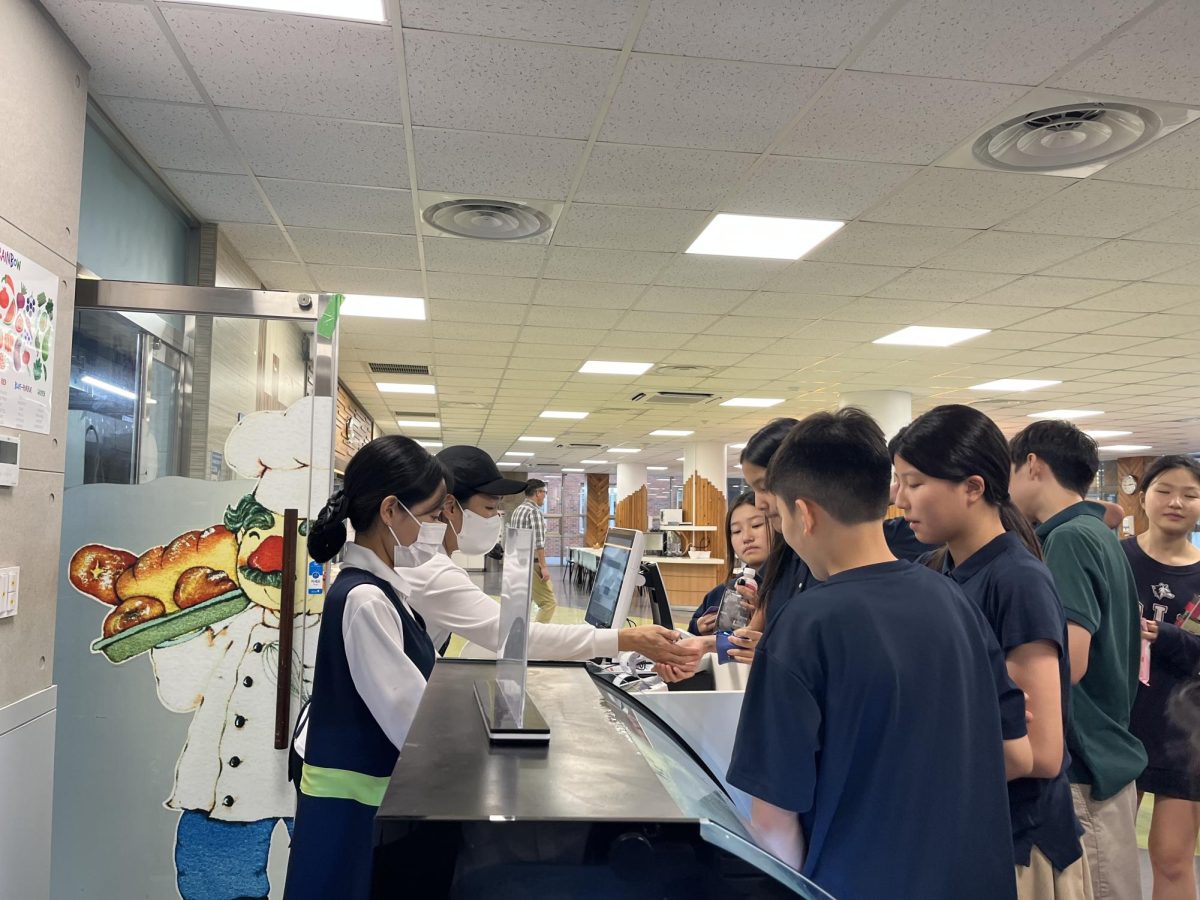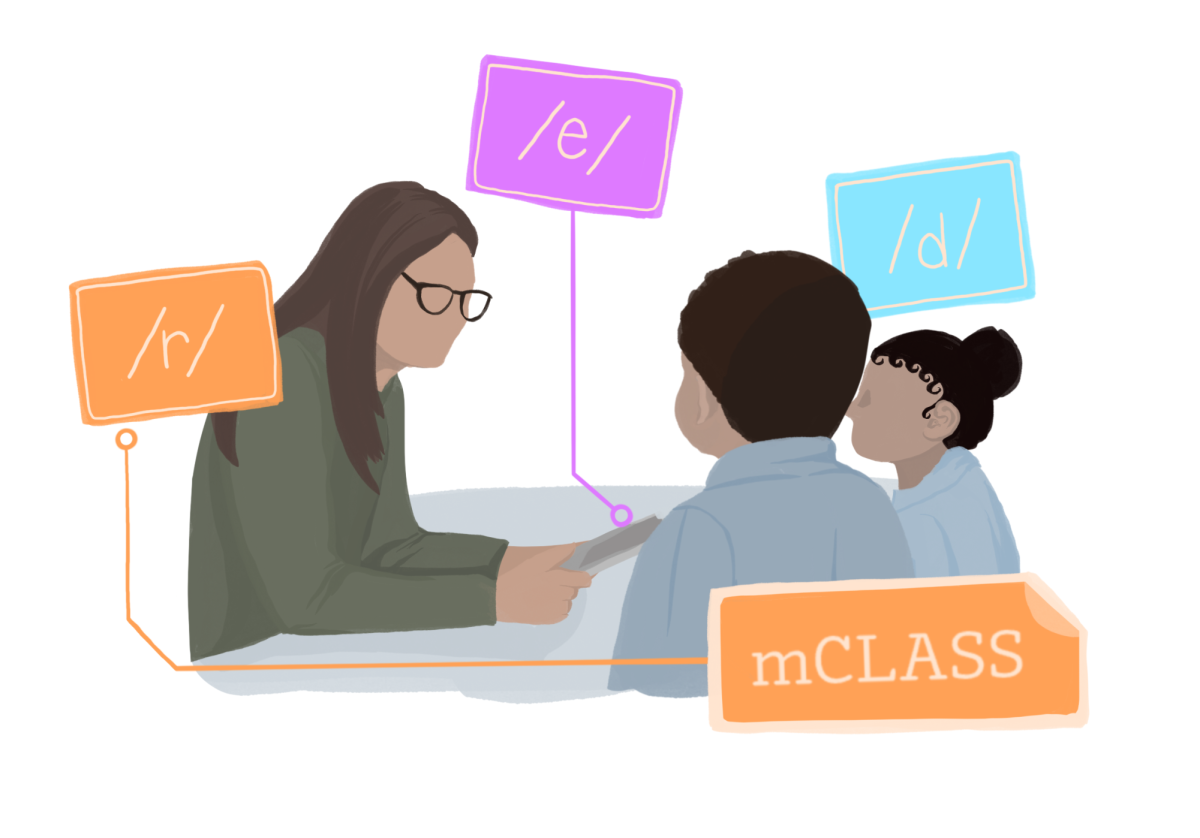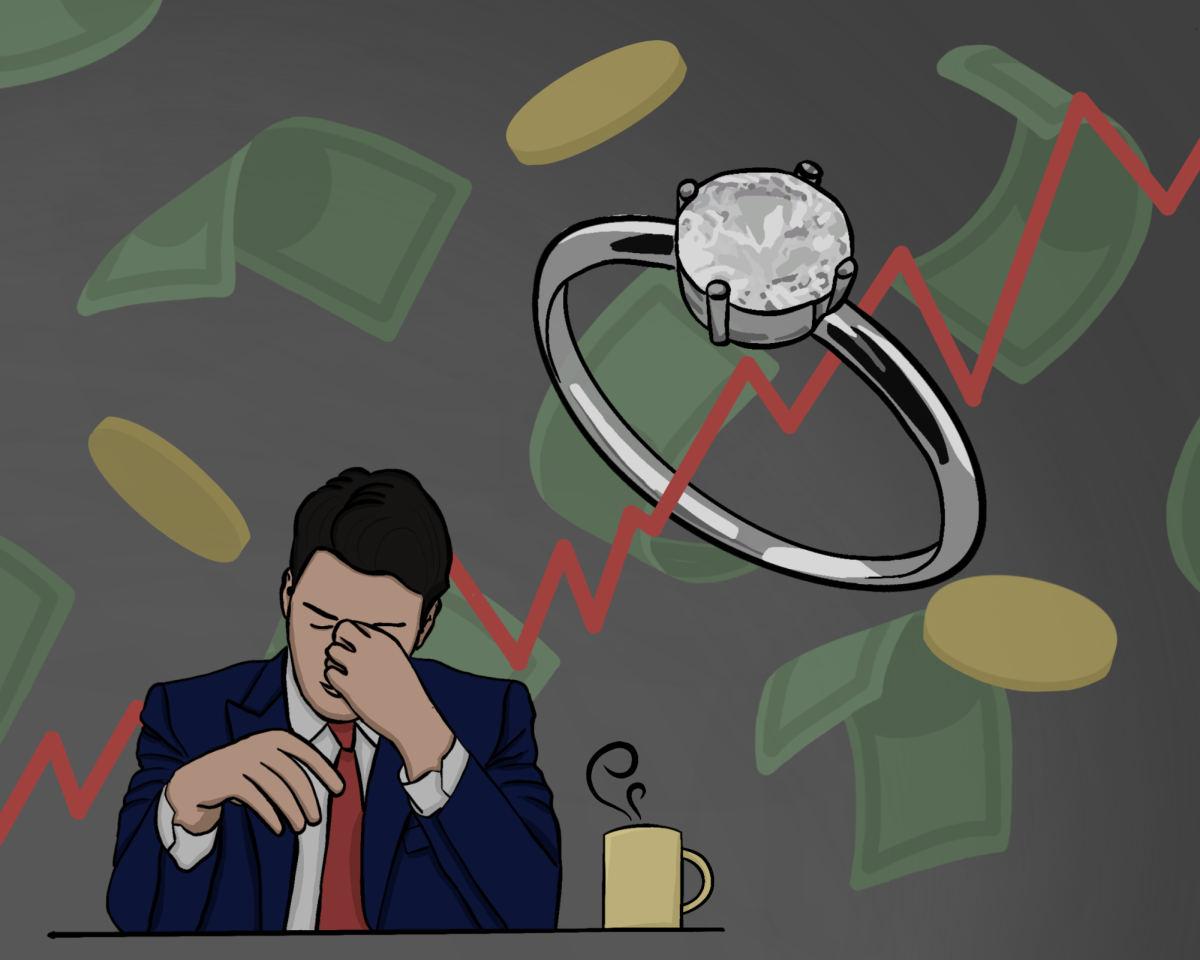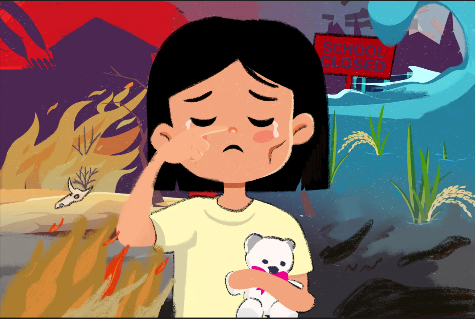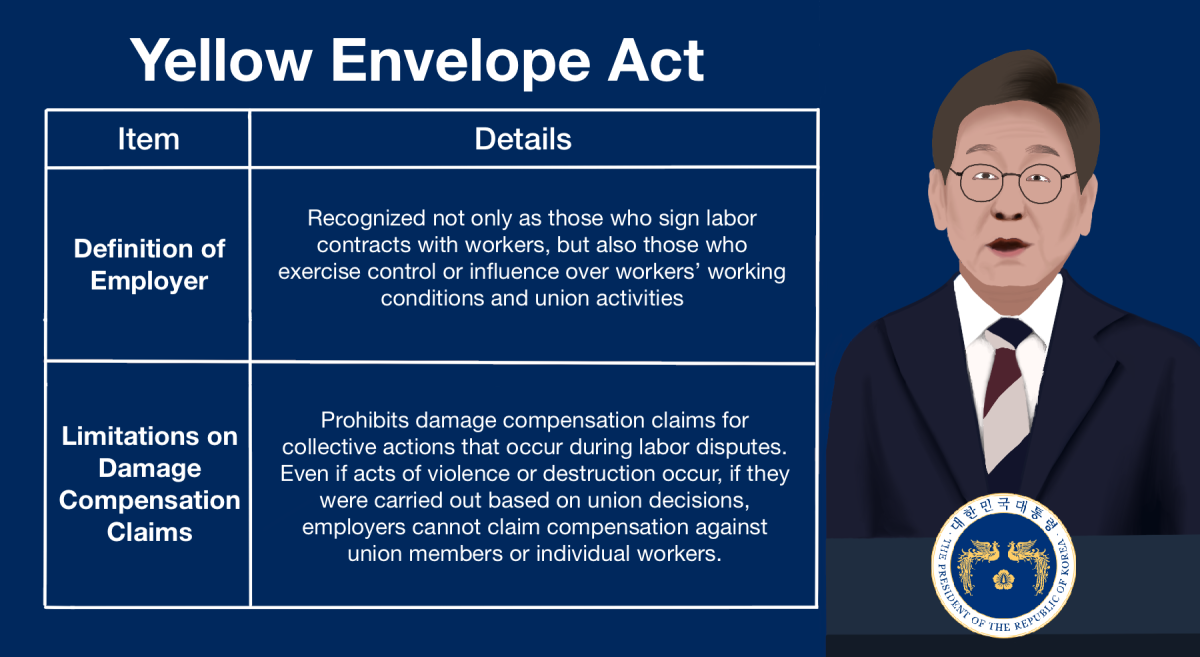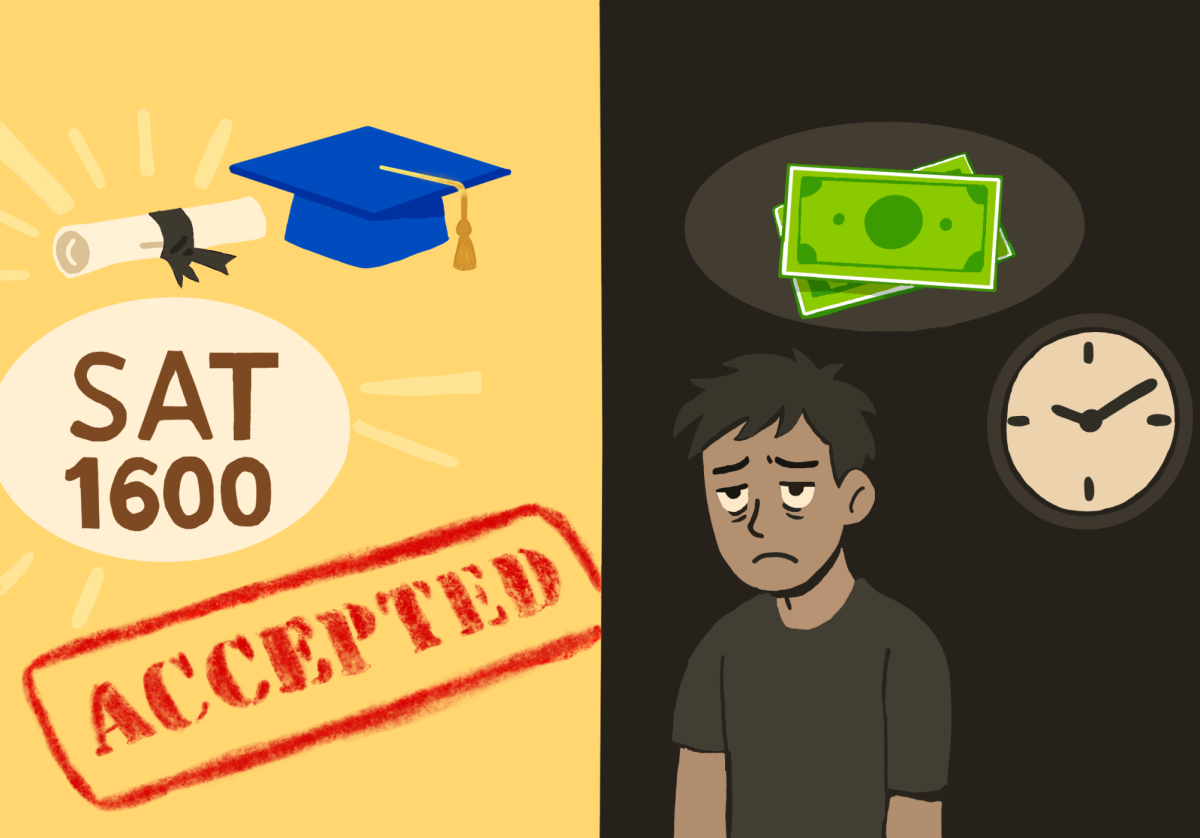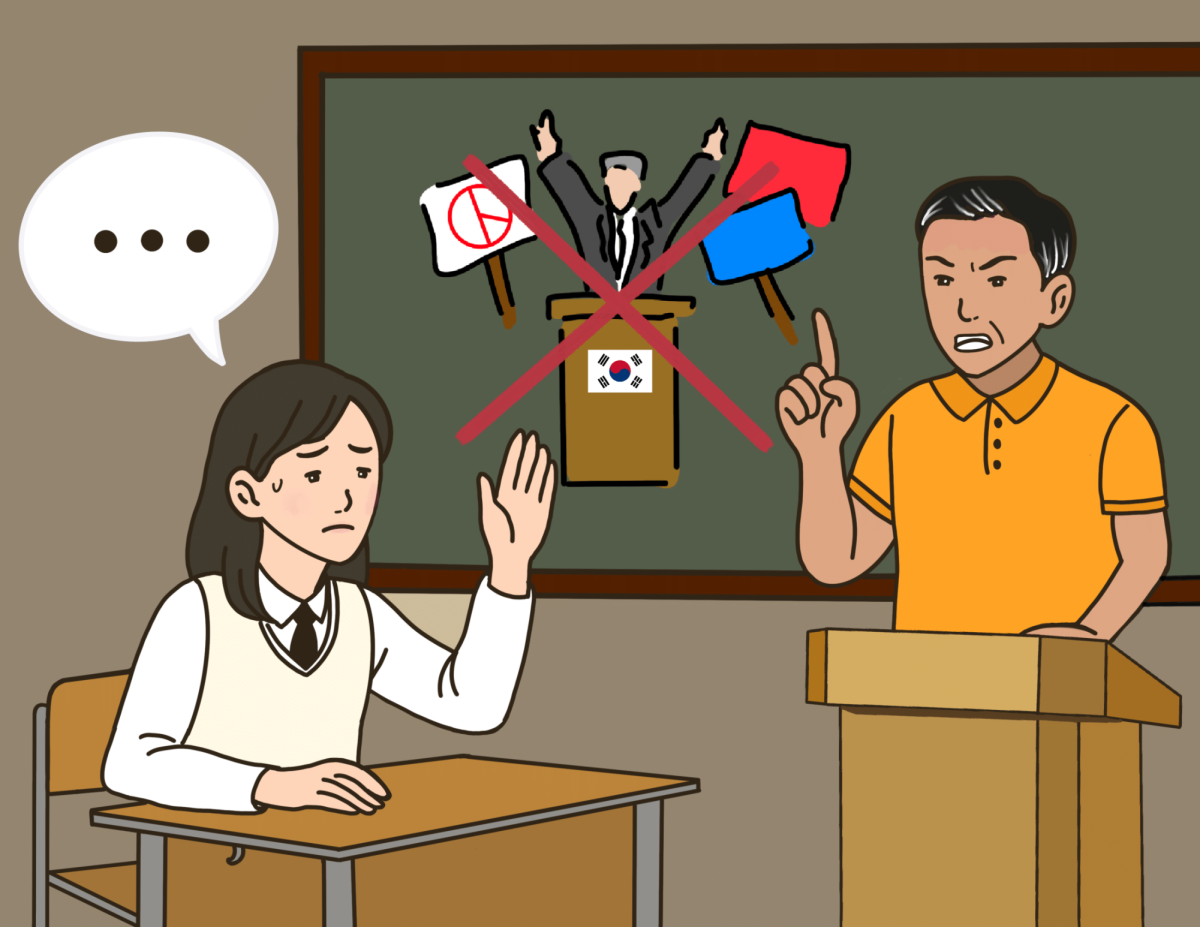Today, a dark cloud hangs over teens’ hopes for a clean future. The fear that life will never be the same as before heightens psychological distress among the emerging generation—a phenomenon widely known as climate anxiety.
Climate anxiety refers to the heightened emotional, mental, or physical distress in response to environmental issues. While a certain degree of vigilance motivates individuals to act, worry turns threatening when it becomes overwhelming and devastating.
A global survey on young people’s beliefs on climate anxiety reveals that more than half of the 10,000 respondents feel extremely worried about climate change, while more than 45% responded that the fear negatively affected their daily life and functioning. In order to reclaim their future, protests and campaigns have sprung up worldwide.
But climate anxiety steals more than the peace of the mind; those who suffer refrain from childbirth, experience sleep loss, and turn to professional therapy for relief. “The persistent hot weather lowers my concentration, and during adolescence—a time when daily activity is important—outdoor activities become restricted, making it difficult to maintain proper health.”, said Jinwon Lee, a student attending Ulsan Joongang High School.
DIS fails to evade the shadow of climate anxiety as well. “Whenever I even think of the word ‘climate change’, I feel anxious about how our generation is going to survive future natural disasters. For example, events like the LA fires make me worry about how our world is going to look in 50 years,” said sophomore Minji Kim, an active environmentalist.
The media’s sensationalist reports exacerbate this phenomenon. Such coverage emphasizes apocalyptic outlooks while downplaying efforts to mitigate climate change and fuels the teens’ anxious minds. “It’s important to cover the negative aspects as well, but if there’s one negative report, there should also be a positive one to keep things balanced. Right now, I feel that public opinion is leaning too heavily toward a negative perspective,” said Dagyeong Hong, an ardent environmental influencer in Korea.

Moreover, irrational concerns arise due to the lack of sustainability education. Their absence in classrooms fosters a deterministic perception that climate change mitigation remains insurmountable. The lack of environmental education not only endangers students’ mental health but also deprives their fundamental right to education on a global challenge.
In order to alleviate this issue, the media should broadcast diverse viewpoints instead of one-sided pessimistic and alarmist forecasts. “The news tends to report on things that lack relatability to teens, and I think that leads to even more climate anxiety. They focus only on issues like climate change being just one step away from reaching 1.5°C, which is really unfortunate,” Hong said. While highlighting the threat of climate change remains crucial, it is equally important to introduce actionable solutions that could empower teens to take action.
Moreover, schools must formulate proper sustainability education policies in order to fix students’ distorted perceptions of climate change. Without rooting out the primary driver of climate anxiety, teens will continue to suffer from the misinformation surrounding climate change.
The 2024 World Bank report has shown that each year of sustainability education increases environmental awareness by 9%. Along with improving preexisting policies, DIS should reintroduce additional environmental courses for students to take. “A step further that DIS can take to educate students is to reintroduce AP Environmental Science.”, Kim said. By equipping teens with attitude and knowledge, schools can empower teens to face climate change with resilience.
What started as a global challenge has transformed into a hefty burden on teens’ shoulders. News companies must stop flooding audiences with unnecessarily cynical news that heightens fear, and schools should promote a space with environmental policies to empower teens. When combining individual actions with state-level initiatives, climate anxiety can turn into climate action.




